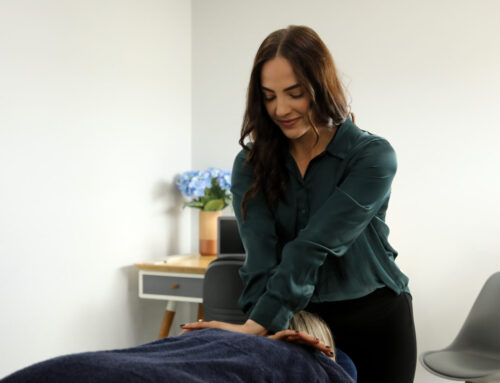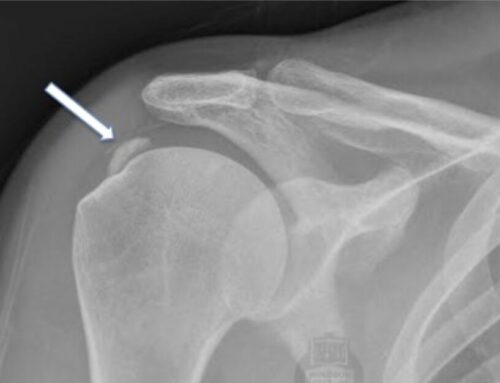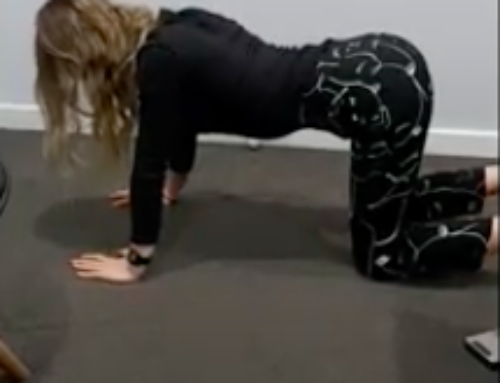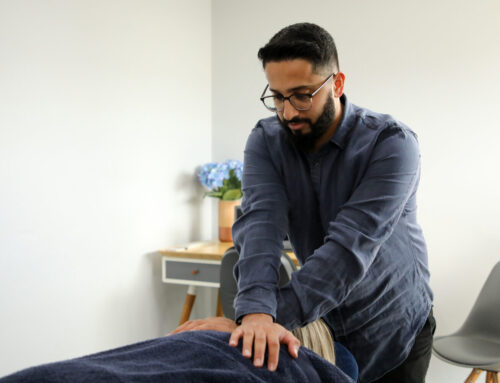Disc herniation is a condition frequently encountered in osteopathic practice, often causing significant discomfort and impairment in clients. By gaining a deeper understanding of this condition, individuals can better manage their symptoms and pursue effective treatments.
What is Disc Herniation?
The spine consists of vertebrae, each separated by intervertebral discs that serve as shock absorbers. These discs are composed of a tough outer layer (annulus fibrosus) and a gel-like center (nucleus pulposus). Disc herniation occurs when the outer layer weakens or tears, allowing the inner gel to protrude through. This herniation can compress nearby nerves, leading to pain, numbness, or weakness, typically in the back or neck, with possible referral into the arms or legs.

Image: https://www.advocatehealth.com/health-services/brain-spine-institute/spine-care-center/herniated-disc
Symptoms and Causes
The symptoms of disc herniation can vary widely. Commonly, individuals experience sharp pain in the affected area. If the herniated disc compresses a nerve, pain, tingling, or numbness may radiate along the nerve’s pathway, such as down the leg in cases of lumbar herniation (sciatica). In severe cases, muscle weakness or loss of function in the affected areas can occur.
Several factors contribute to disc herniation. Aging is a primary factor, as discs naturally lose hydration and flexibility over time, making them more susceptible to tearing. Additionally, repetitive strain from activities such as heavy lifting, bending, or twisting can increase the risk. Trauma from accidents or falls can also cause sudden herniation.
 Osteopathic Approach to Treatment
Osteopathic Approach to Treatment
Osteopathy offers a holistic approach to managing disc herniation. Treatment focuses not only on alleviating pain but also on improving overall function and preventing recurrence. Osteopathic manual therapy, including techniques like spinal manipulation and soft tissue massage, aims to relieve pressure on the affected nerves, reduce inflammation, and restore mobility.
Individualised exercise programs are also integral to rehabilitation. These exercises strengthen the muscles supporting the spine, improve flexibility, and promote better posture, all of which help in managing symptoms and preventing further recurrences.
Lifestyle Modifications and Prevention
Adopting certain lifestyle modifications can significantly aid in the prevention and management of disc herniation. Practicing good posture, using proper techniques when lifting heavy objects, and incorporating regular physical activity into daily routines are also beneficial.
In conclusion, understanding disc herniation from an osteopathic perspective highlights the importance of a comprehensive approach to treatment. By addressing the root causes, relieving symptoms, and promoting overall spinal health, osteopathy provides a path to recovery and improved quality of life for those affected by disc herniation.
Please feel free to contact our clinic to book an appointment here or call us on 59414157. If you’d like more information on how Osteopathy may help back pain please check out the back pain and injury page on our website.
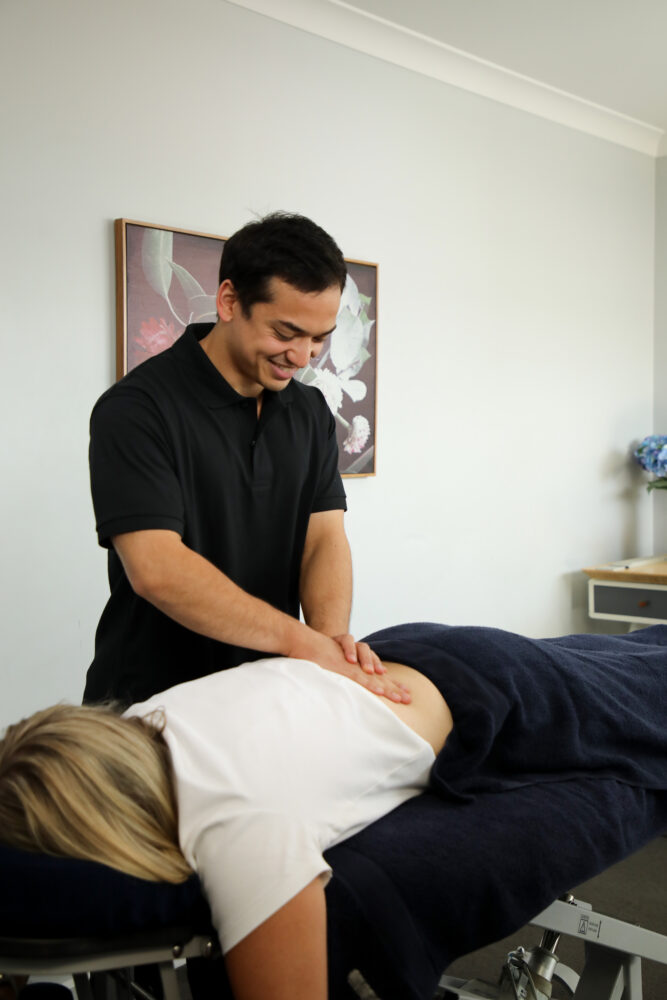 Osteopathic Approach to Treatment
Osteopathic Approach to Treatment